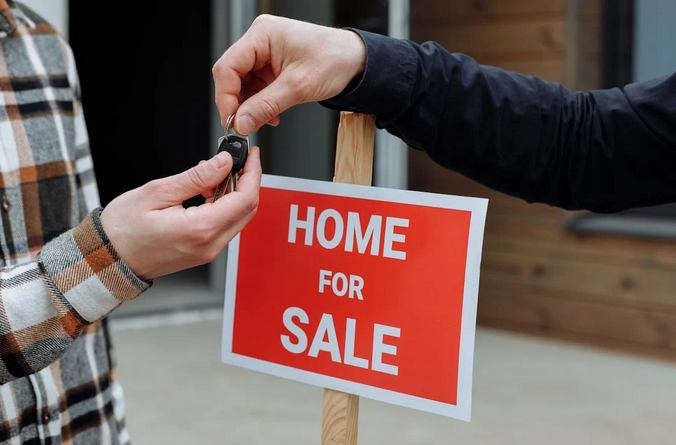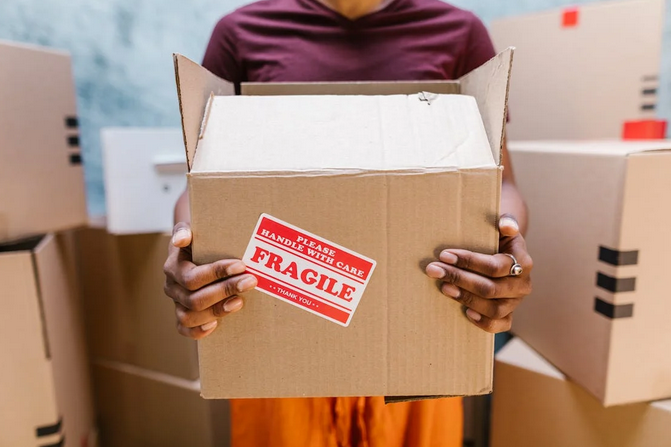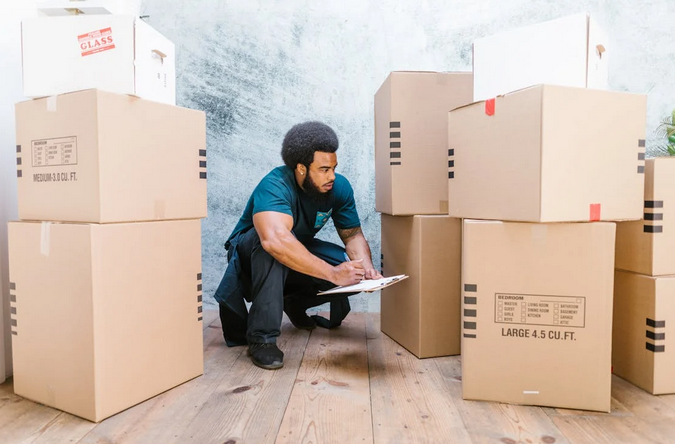Moving into a newly built home is an exciting milestone. Everything feels fresh, modern, and tailored to your vision. Yet, this process differs from moving into an existing property. There are final checks, paperwork, and adjustments that must happen before you settle in. Hiring a man with van in Ealing can make the process easier, especially if you’re moving locally and need flexible, reliable help with transport. Understanding what to expect helps make the move smooth and stress-free. With proper preparation, you can turn a brand-new house into a true home.
Understanding the Final Inspection
Before you receive the keys, your builder will schedule a final inspection or “walkthrough.” This stage is crucial because it allows you to examine every detail of your home. You’ll check for minor imperfections, confirm that appliances work, and verify that fixtures match what was promised. Builders usually correct any issues before your official move-in date. Take your time during this process to ensure the property meets your expectations. It’s easier to address small concerns before you unpack.
Managing the Move-in Timeline

Newly built homes sometimes face minor delays, even after completion. Weather conditions, inspections, or final permits can shift your moving date slightly. Stay in touch with your builder or developer to remain updated. When scheduling movers, choose flexible dates to avoid last-minute stress. Having a clear timeline helps you organize your belongings efficiently. Patience pays off when ensuring that everything is ready for a safe move.
Preparing Utilities and Services
A new home won’t feel functional without utilities set up ahead of time. Schedule connections for water, electricity, gas, and internet before moving day. Some services may require proof of ownership or occupancy, so gather necessary documents early. Coordinating these in advance avoids unnecessary downtime and lets you settle in comfortably. This preparation also helps you spot potential utility issues sooner rather than later.
Inspecting for Hidden Issues
Even new homes can have surprises. Once you move in, keep an eye out for moisture marks, uneven flooring, or doors that stick. These small issues often appear after the home adjusts to its environment. Document anything you find and report it to your builder immediately. Most new homes come with a warranty that covers construction defects. Staying observant helps maintain the property’s condition and ensures you get the quality you paid for.
Setting up Furniture and Décor
Decorating a newly built home offers a blank canvas for creativity. Measure rooms before bringing in large furniture pieces to avoid awkward fits. Start with essential areas such as the living room and bedroom, then move to smaller details. Allow yourself time to settle before making major design changes. The fresh environment may inspire new ideas once you’ve lived in it for a while. Every piece you add should contribute to a space that feels personal and unique.
Maintaining the Property Early on

Proper maintenance starts the moment you move in. New materials like paint, flooring, and concrete need time to cure or settle. Avoid placing heavy loads on new floors right away and use ventilation to help materials dry properly. Regular cleaning prevents dust buildup from construction. Establishing good habits early ensures your home stays in great shape for years. If you’re unfamiliar with specific materials, consult your builder for care recommendations.
Communicating With Your Builder
Even after moving in, your relationship with the builder doesn’t end. Keep their contact information handy for follow-up questions or warranty claims. Many companies schedule a check-up a few months after you’ve settled in to address any minor adjustments. Open communication ensures small issues don’t become major repairs later. Maintaining this connection also helps if you plan future upgrades or modifications. Builders appreciate feedback that helps them improve quality and service.
Moving into a brand-new home is both a beginning and an adjustment. It takes time to feel completely settled. You’ll learn the rhythms of your new space and discover …







 The first step is to check for rotten woods. Termites love to feed on rotting wood, so if you have any wooden beams or furniture that is starting to rot, you are at high risk for termite infestation.
The first step is to check for rotten woods. Termites love to feed on rotting wood, so if you have any wooden beams or furniture that is starting to rot, you are at high risk for termite infestation. If you have already had a termite infestation in your home, using termiticide baits is a great way to get rid of them. These baits are placed in the ground around your house and contain a chemical that kills termites.
If you have already had a termite infestation in your home, using termiticide baits is a great way to get rid of them. These baits are placed in the ground around your house and contain a chemical that kills termites.

 Cast iron piping, another popular pipe material, is also available. Cast iron piping is susceptible to rust regardless of water conditions. However, its thickness can slow down the rate at which rust affects water flow. Cast iron piping is mainly used for waste pipes. Copper piping is very popular due to its natural resistance to corrosion. Copper corrodes much more slowly than other materials, although it is not immune to all forms of corrosion.
Cast iron piping, another popular pipe material, is also available. Cast iron piping is susceptible to rust regardless of water conditions. However, its thickness can slow down the rate at which rust affects water flow. Cast iron piping is mainly used for waste pipes. Copper piping is very popular due to its natural resistance to corrosion. Copper corrodes much more slowly than other materials, although it is not immune to all forms of corrosion.